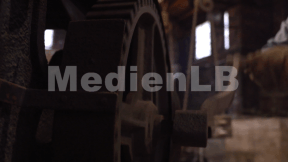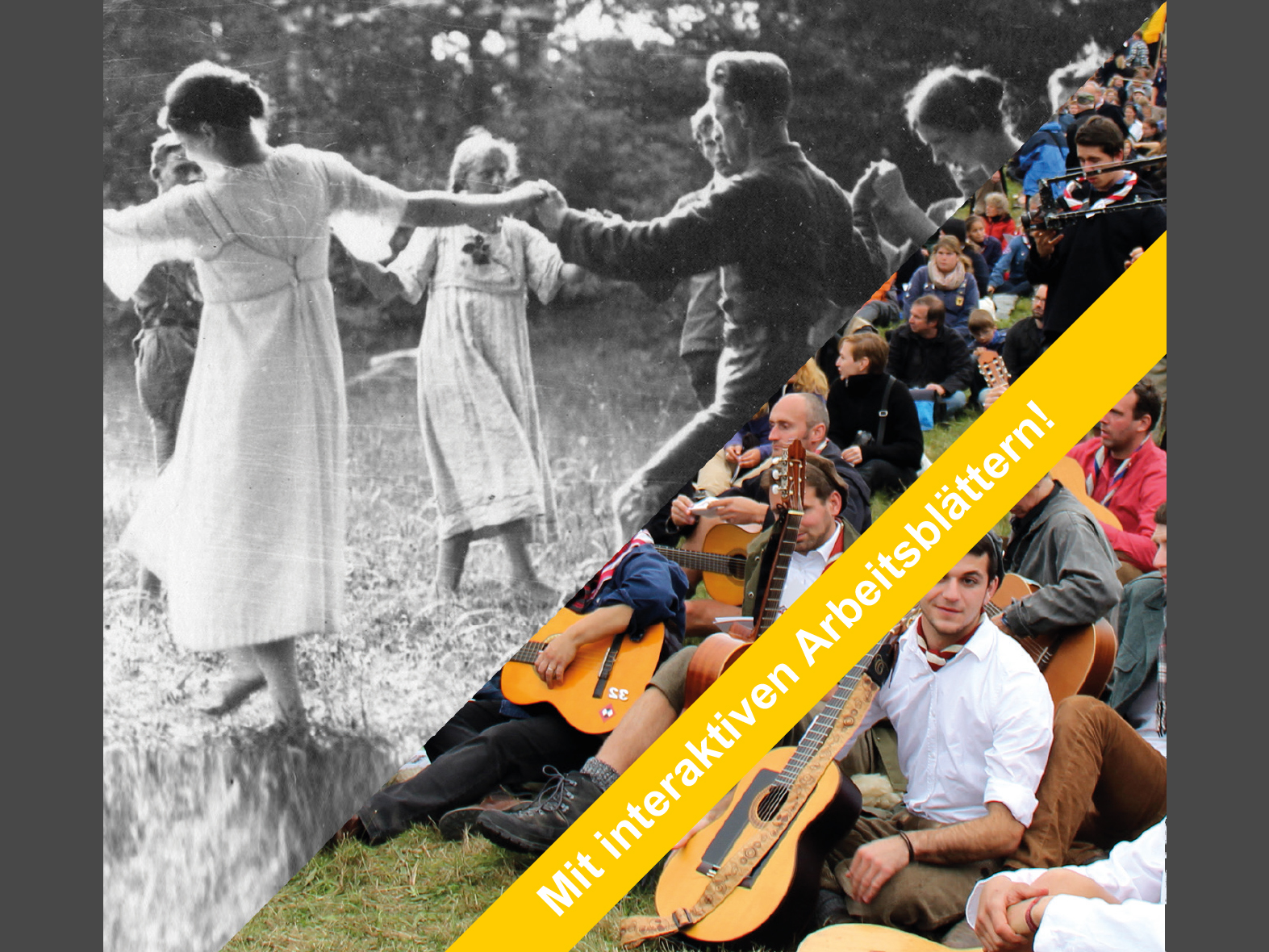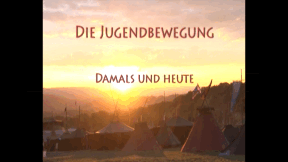 Economy
Economy
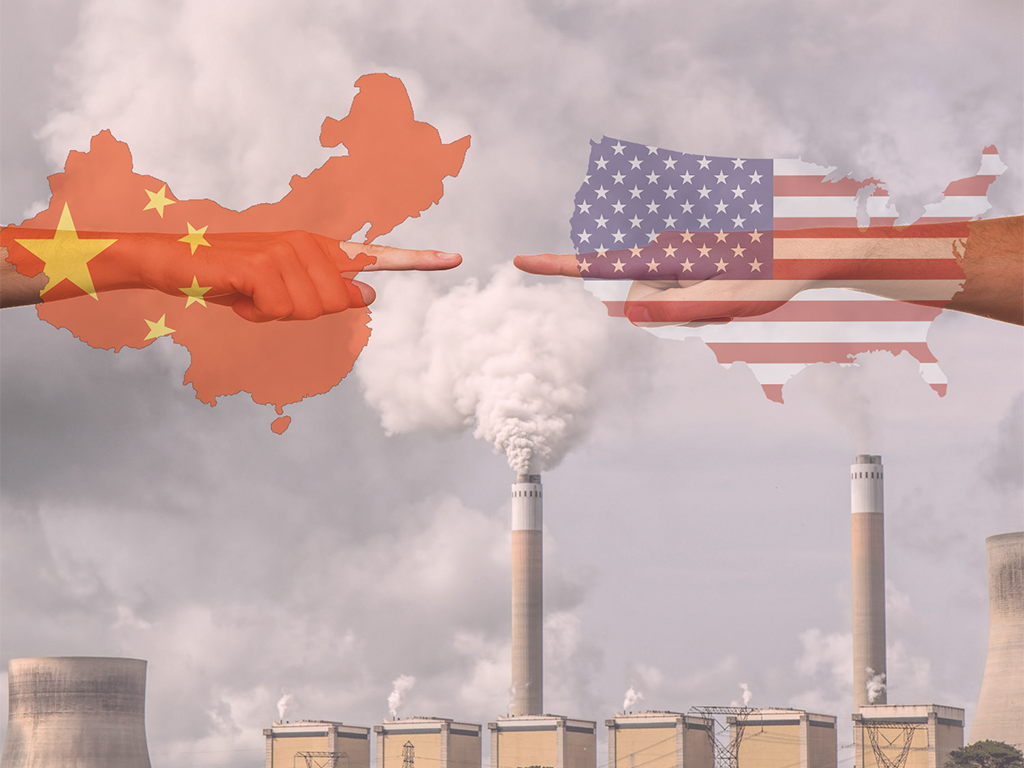
46500904 / 55500660
World Trade
Conditions, Opportunities, Conflicts
Many of the goods we use every day come from foreign countries and have to be imported into Germany. Without a functioning world trade our range of products would be very limited. Often goods are transported over long distances from A to B before we can use them. Quote Prof. Dr. Gabriel Felbermayr, ifo Institute: “Basically, countries can trade in all kinds of goods. These are mostly physical commodities, corn, steel or cars, but also services can be traded. From Germany you can import a banking service, City of London for example, or insurance services, or stream a Hollywood film on your computer or laptop. But there are a lot of goods that are non-tradable, for example houses.“ Due to increasing globalisation, that is the networking and development in all sectors worldwide, a smooth exchange of goods and services is very important for a functioning economy. Quote Prof. Dr. Gabriel Felbermayr, ifo Institute: “I think we must assume that most countries in the world have different strengths and weaknesses. Germany is good at making cars but we are less good at developing software. It makes sense, therefore, that we specialise in what we can do well, e.g. cars, and leave those things we cannot do so well, such as programming software, to others, for example to the Americans. And then we exchange these commodities. And as we are good at producing cars we are supplied with quite a lot of software by the USA. By specialising on what they can do well, they can consume more goods all in all. That’s the advantage of trade.“
Play trailer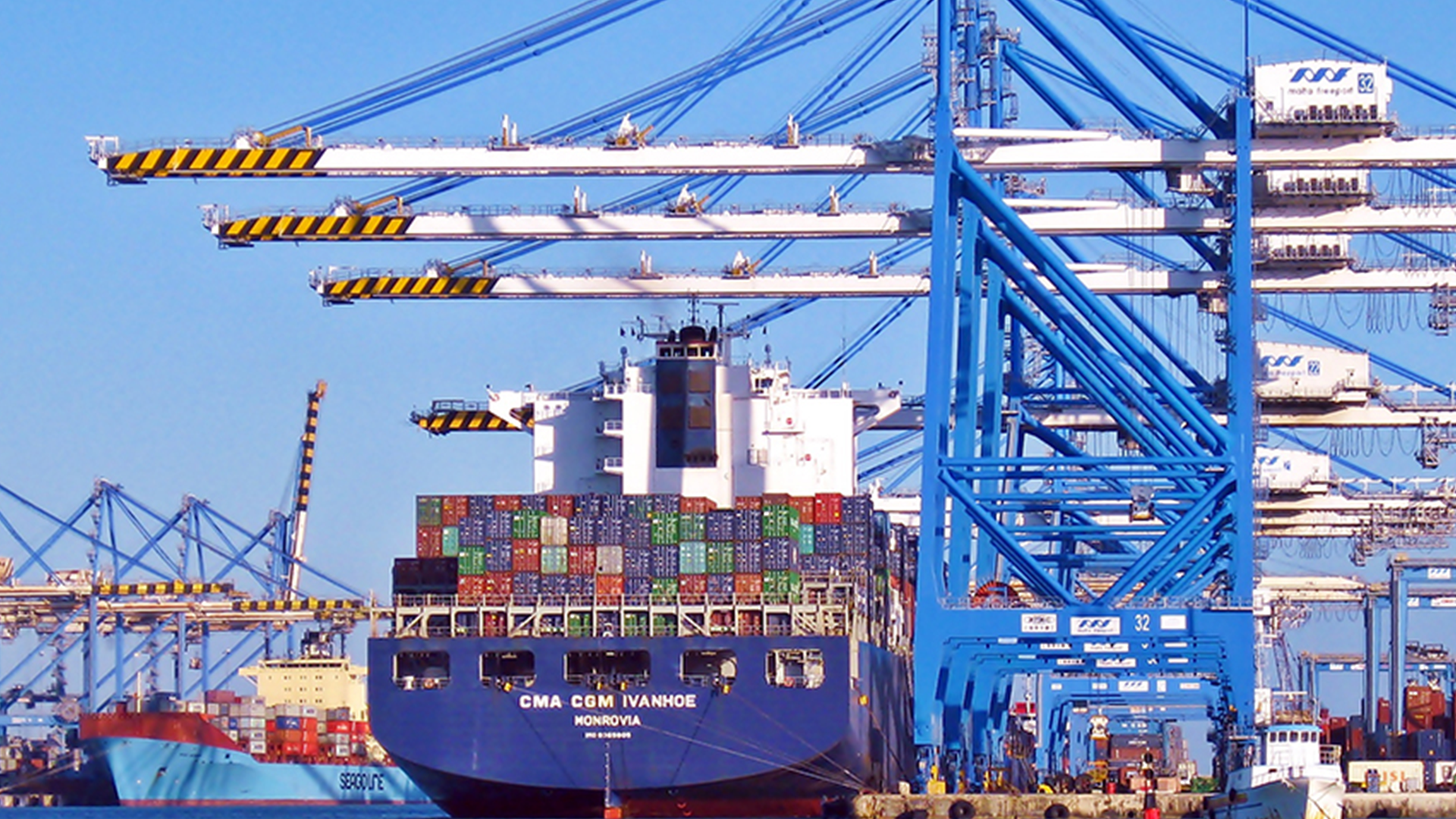
Curriculum-centred and oriented towards educational standards
Matching
Mobile Learning II
Oh, what’s that? Original soundtrack Thissen: “As our children grow up in a media world and naturally handle the media, they should also be a topic in school.“ An older child says the point is that they don’t just load down apps but create things themselves that haven’t existed so far. Hi, I’m Jana. A propeller hat. I’ll put it on. Now I’m no longer a simple rhino, but a flying rhino. Original soundtrack Thissen: “It’s exactly the great flexibility of tablets that promotes very personalised and adapted learning.” Original soundtrack Welzel: “It’s fascinating to see how the children grow with their products and how they always want to improve them.” The Westminster Abbey is a church in London for the royal family. Original soundtrack Welzel: “And?“ They think it is ok.
Seal of approval
Quality seals such as the "Bio-Siegel", "Blauer Engel", "Stiftung Warentest" and up to 1,000 other seals represent characteristics such as sustainability, health or safety with regard to a product, a service or even a company.
Youth Movement
Dancing until your feet hurt: Here, at the meeting on the Hoher Meissner near Kassel, 3,500 participants from Boy Scout associations, youth and Wandervogel groups from all over the German-speaking region have gathered. They want to celebrate, simply get to know each other and commemorate a historic anniversary.







